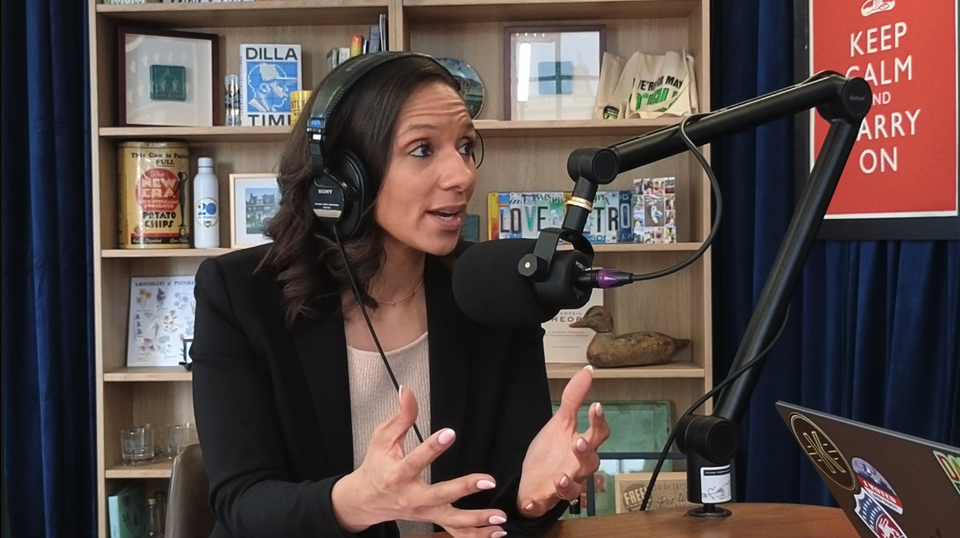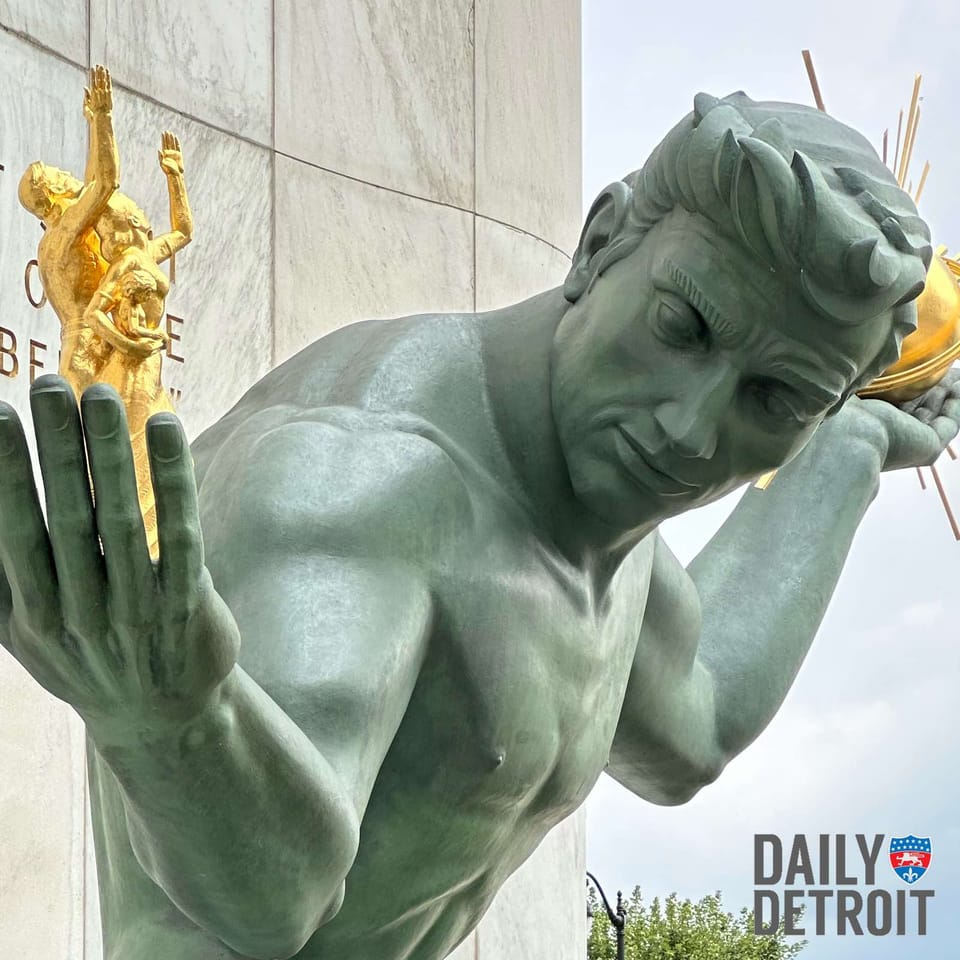Mickey Lyons has been crawling through all of the hidden Detroit speakeasies that survived Prohibition as a bartender and as a writer.
Every Tuesday I travel to Nancy Whiskey’s to hunker down with the Daily Detroit team to write stories, eat, and drink… whiskey.
I’ve known that I wanted to write this story for a while, but when Mickey emailed me last Tuesday to let me know she would be bartending at Nancy Whiskey’s the same day and time that I would be there, I knew there must be something telling about this story, thirsting to be told.
She knows that beneath the clapboard walls of the 12 survived speakeasies there lie stories that with a little recognition, we could all could come together with more reason to be intoxicated by Detroit’s history. And the possibilities that its rebellious spirit holds for our future.
Lyons is halfway home with six of the 12 bars under her belt.
“This project is a challenge I set for myself: bartend at every bar in Detroit that’s been operating since before Prohibition–before December 5, 1933. My Detroit challenge is [starting as] a blog, with an emphasis on speakeasy culture,” said Lyons.
She fell deeper into this project because of her book that has been in progress on Detroit during Prohibition. Lyons said that she reached a peak knowledge about all of the historic bars and wanted to share it with others all in one place.
Her book is where this project will end with her, and begin again with those who read her work and start exploring the 12 speakeasies she covers.

At Tom’s Tavern, you’ll meet Ron manning the bar. He once told Lyons, “Don’t let anything like truth get in the way of purpose,” and she saw that as a fair summation of the operating style of the tavern. At Abick’s Bar, there is a newly discovered crawlspace where two large whiskey barrels are half-buried from Prohibition. Nancy Whiskey’s offer Irish cheer and generous pours of Tullamore Dew, Jameson, Powers, Knappogue, Tealing, McFadden, Bushmills, Redbreast, and more.
“Each bar has its own temperament and its own peak crowd levels. Some bars shine best with just a few friends late at night, solving all the world’s problems and arguing politics. Some are late-shift bars, when the auto workers and cops and firefighters are roaring it up at 9 a.m,” said Lyons. “I think it has a lot to do with the character of the building: the generations of accumulated hum from various friends and strangers leaving an indelible stamp on the floors, the ceilings, the bar top.”
She further explained that quite a few of the historic bars have survived, most of which have survived illegally during Prohibition by masquerading themselves as lunch counters or underground gangster layers.
“As a city, Detroit has always sort of budded against the state. The state tried to make Detroit dry from 1853-1876. Once Prohibition rolled around, and because of the proximity to Canada and the ease then of transporting alcohol in and out, Detroit became a funnel for all the booze that came into this country illegally. If you weren’t working for the auto industry during that time, you were in with the booze,” she said.
Lyons also said that in the 1830 census, it was estimated that there was a tavern or drinking establishment for every 15 families in the city. “We have been drinking for a long time, and drinking a lot for a long time,” said Lyons.
Nearly all the bars she is visiting are located in neighborhoods that are struggling and no where near as populated as they used to be. She believes, though, that the more that we know about the buildings and the culture that our city has, the more success our city can uncover again.
Cheers, Prohibitiondetroit.com.
















